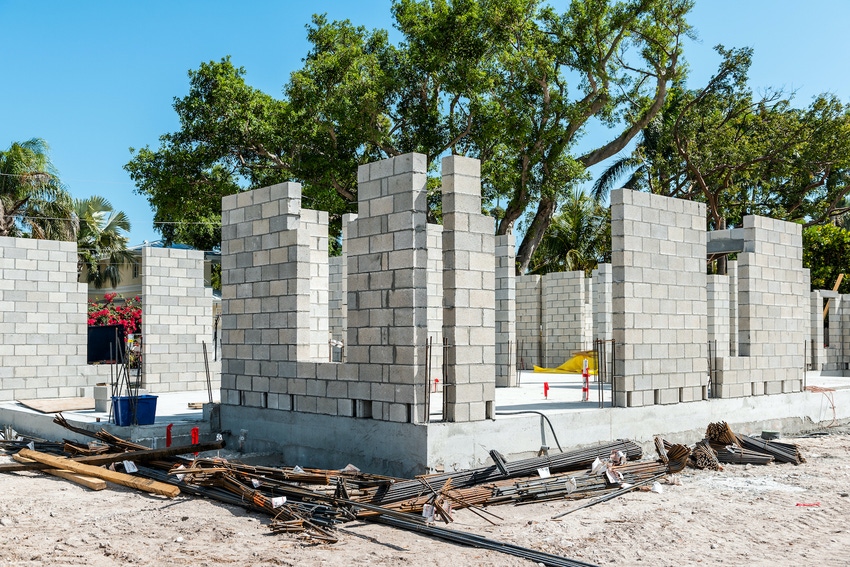PCA Delivers Economic Forecast
As the U.S. emerges from the pandemic, residential construction is booming while non-residential could take a few years to recover, the Portland Cement Association reports.
June 21, 2021

When summarizing the current economy for the concrete industry, Ed Sullivan, senior vice president and chief economist for the Portland Cement Association, led with the word “optimism.”
Speaking to reporters at World of Concrete in Las Vegas June 8, Sullivan admitted that there are vast differences across the industry, with residential booming, public projects faring OK, and non-residential “scarred.”
“That puts a bridle on the growth we see going this year and next,” he said. “But you still have to characterize it as 'optimism.'”
A Year of Challenge
As everyone knows, the COVID-19 pandemic created a whirlwind of economic give and take, with GDP experiencing the largest single-quarter decline in history and the largest decline in GDP growth since 1946. “Even though we have recovered, for the year we still saw a decline in GDP of 3.5%,” Sullivan noted. “We’re coming back, but we’re coming back from a tremendous decline.”
For example, job creation is happening at a rapid pace, but it will take until 2023 to reach pre-pandemic levels.
Despite these challenges, the cement industry grew 2%, driven largely by residential construction and low interest rates.
Looking Ahead
The rollout of COVID vaccines and the continued decline in COVID deaths in the U.S. is nurturing the positive feelings, but not every country is in the same boat, which could have an impact here at home.
Consumer confidence levels are rising and businesses are reopening, but it will take several quarters to begin to see a true impact.
“The consumer is becoming comfortable again, and this comfort will translate into real activity,” Sullivan said, also noting that pent-up demand will also help spur economic activity.
Still, the bounceback is catching the supply chain off guard, he said, with logistics challenges, unfilled jobs (whether due to unemployment benefits, childcare concerns, moving to new industries, or other factors), maintenance issues, and other bottlenecks. And that supply-demand imbalance is leading to inflation, which could bring high interest rates that can choke private-sector construction.
The other concern to be mindful of is the Fed’s expansion of the money supply to accommodate COVID relief packages, which could lead to structural inflation. As the Fed readjusts slowly, it will cause tightening in interest rates but likely not enough to choke significant economic growth nor private construction activity, Sullivan says.
PCA is predicting housing starts to reach 1 million this year, 1.1 million in 2021, and 1.2 million in 2022. The ending of foreclosure and eviction moratoriums may have an impact on starts, but Sullivan expects the impact to be small.
For public projects, PCA is concerned most with state-level activity, where revenue declined due to COVID. But some of the biggest cement-consuming states received substantial funding from the federal government, so the cement industry may be fairly insulated.
The non-residential sector was the most impacted, as businesses went bankrupt and leasing rates decreased. The long chain of events won’t be unwoven quickly, Sullivan noted, especially since COVID accelerated work-from-home trends. PCA doesn’t expect a full recovery of non-residential until 2023.
What does this all mean for cement consumption? PCA can’t predict for certain, due to unknowns with President Joe Biden’s infrastructure plan, but if that program falls through, Sullivan expects rising interest rates will start to impact construction activity in 2023, resulting in a 2.2% cement consumption growth rate in 2021 and 1.9% in 2022, though he stressed that the scenario may not unfold in this way.
To see a breakdown of PCA’s regional cement consumption forecasts, visit their newsroom here.
About the Author(s)
You May Also Like




